Dr. Prepper
No. 11

BRISTLE BLASTING IN THERMAL SPRAYING: ENHANCING COATING ADHESION
In the 11th edition of Dr. Prepper, we delve into a case study conducted by the University of Technology – Beijing, and the College of Materials Science and Engineering – Beijing, led by Yingying Ding, Hui Li, and Yingliang Tian. The study focuses on adhesive strength in thermally sprayed coatings, a critical factor for performance. It introduces Bristle Blasting as an innovative surface pretreatment and compares its effectiveness to grit blasting on mild steel and aluminum alloys.
Bristle Blasting proves to be a practical solution, particularly in situations where on-site grit blasting is challenging. Additionally, the study underscores the significance of considering substrate material, crucial for optimizing coating adhesion with Bristle Blasting as a surface preparation method.

The regular RED PAPER from MontiPower®. Full of nice to know – and need to know – facts about the most optimal surface preparation since 1987.

Thermal-sprayed coatings find extensive application across various industrial sectors for surface engineering solutions. Ensuring sufficient adhesive strength between the coating and substrate is imperative, constituting a fundamental service requirement. Typically, the substrate surface undergoes meticulous preparation before spraying to furnish a cleaned and roughened surface, facilitating adequate bonding for the deposited coating. This procedural step is essential and significantly influences the overall performance of the coating.
Soft substrate materials like aluminum alloys, copper, etc., face significant challenges due to the presence of embedded grit particles at the substrate/coating interface. Moreover, in certain on-site operations, employing traditional grit-blasting machines proves challenging, given their reliance on air compressors and substantial grit consumption. Additionally, environmental concerns arise from the noise and hazardous dust byproducts associated with such machines. A surface pre-treatment utilizing mobile facilities with straightforward operation proves more advantageous for these industrial applications.




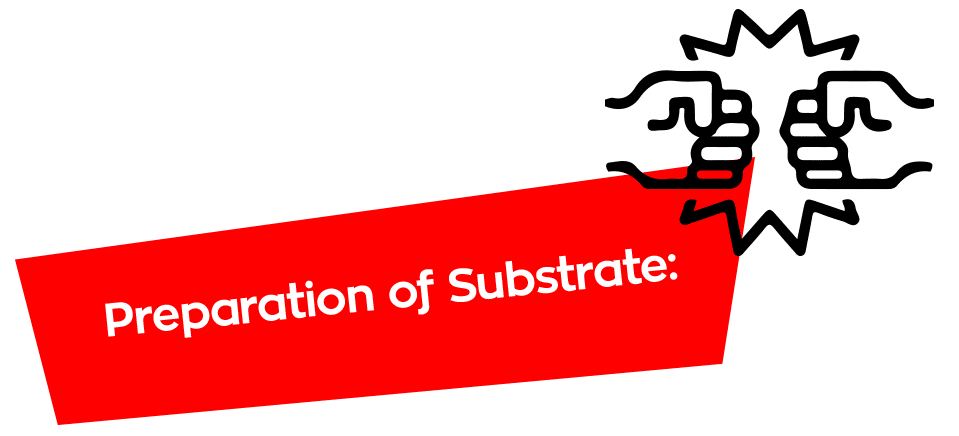
The primary aim was to compare grit blasting and Bristle Blasting as surface pretreatments, with mechanical grinding serving as a control group to assess the impact of surface roughness. In grit blasting, 20-mesh corundum particles (Pigeon Group) were employed with a blasting air pressure of 0.6 MPa and a blasting distance of 60 mm. Mechanical grinding involved manual use of 800# SiC sandpaper on an automatic grinding machine. Bristle Blasting utilized a commercial blaster (Monti SE-677-BMC) with a fixed wheel rotation speed of 2150 rpm, considering penetration depth as a key parameter.


TEST: Some workers have tried to use Bristle Blasting as a surface pretreatment for painting and have shown that it was possible to generate a roughened surface, whose average roughness (Ra) was about 3.35µ.

The main advantage of this technology is its simplicity and ease of use.
In recent years, Bristle Blasting has emerged as a new approach in surface preparation that has drawn attention from industry. This process is fundamentally a mechanical abrasion process using a rotating brush-like wheel. The wheel consists of many sharpened, high-strength steel wires whose tips are specially designed with a forward-angle bend, i.e., the shank of the wire is bent in the direction of rotation (fig. 1). During operation, the rotating bristle tips strike the target surface with a kinetic energy similar to the impact of blasting grit. This process repeated continuously results in thousands of localized impacts, rebounds, and the formation of craters, thereby leaving a cleaned and roughened surface.
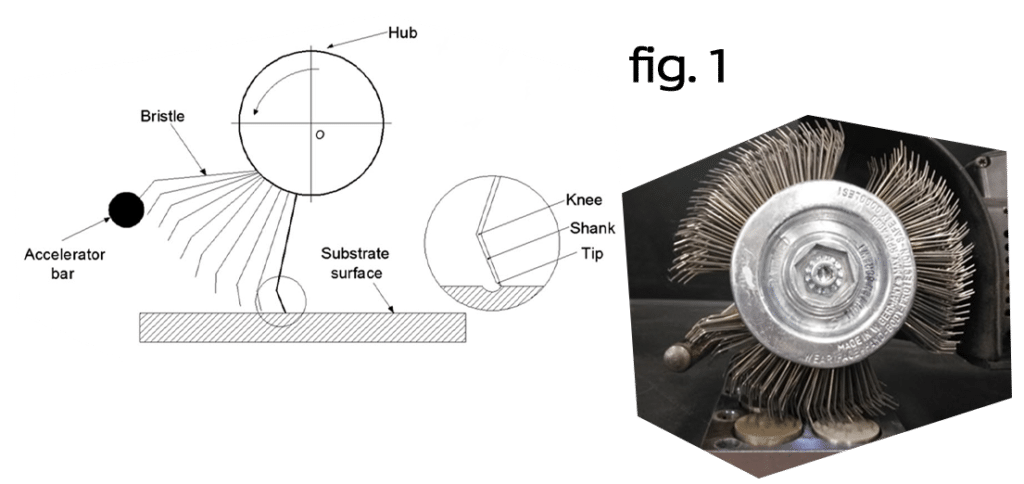

The LEXT OLS4100 confocal laser scanning microscope was used to characterize surface topography with enhanced optical resolution. This method provides a balanced combination of high test accuracy and speed, evaluating both 3D and 2D surface morphology.

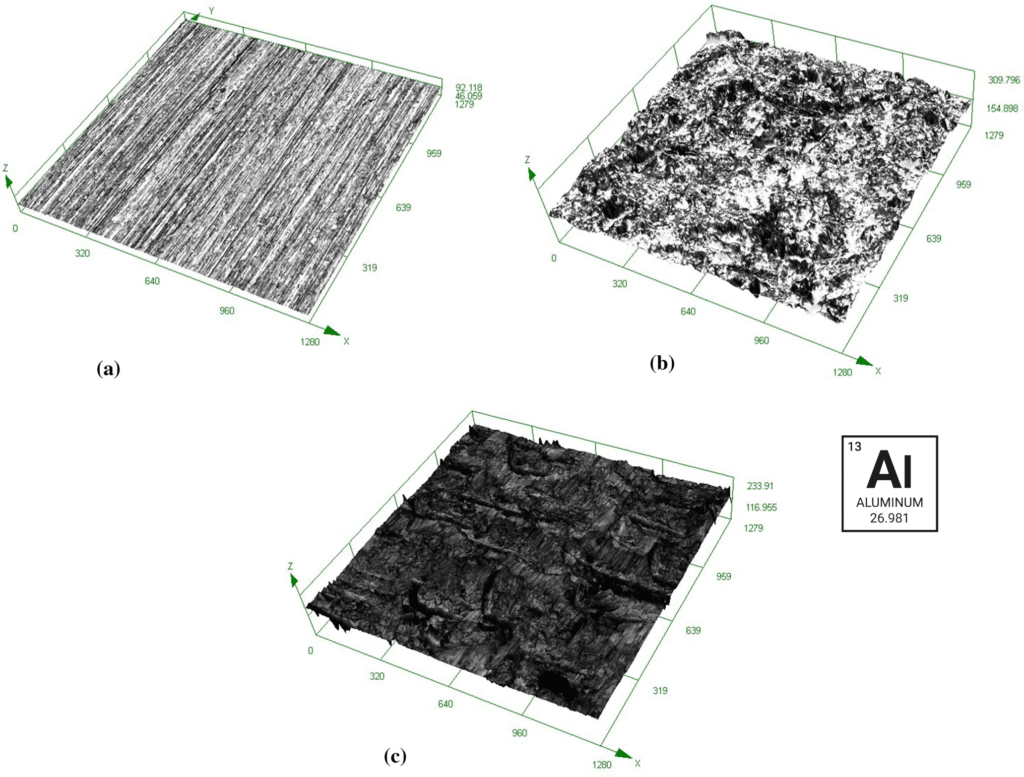
The surface morphology of the steel
substrate treated by different methods:
(a) Grinding
(b) Grit blasting
(c) Bristle Blasting (3 mm)
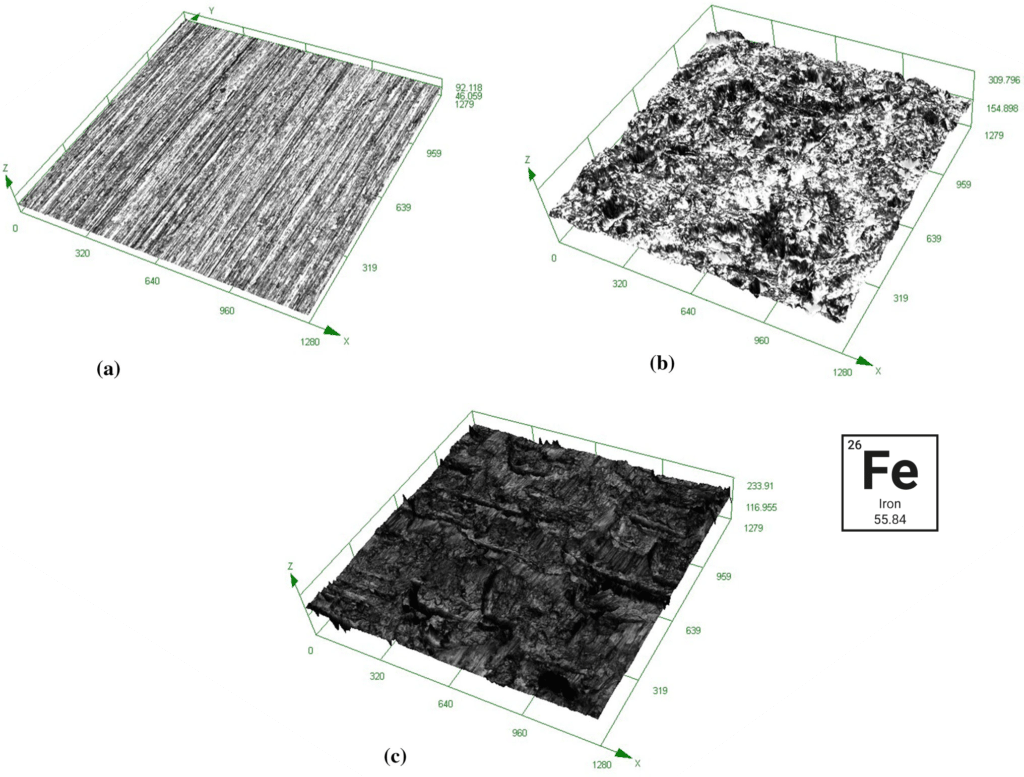
The surface morphology of the steel
substrate treated by different methods:
(a) Grinding
(b) Grit blasting
(c) Bristle Blasting (2 mm)


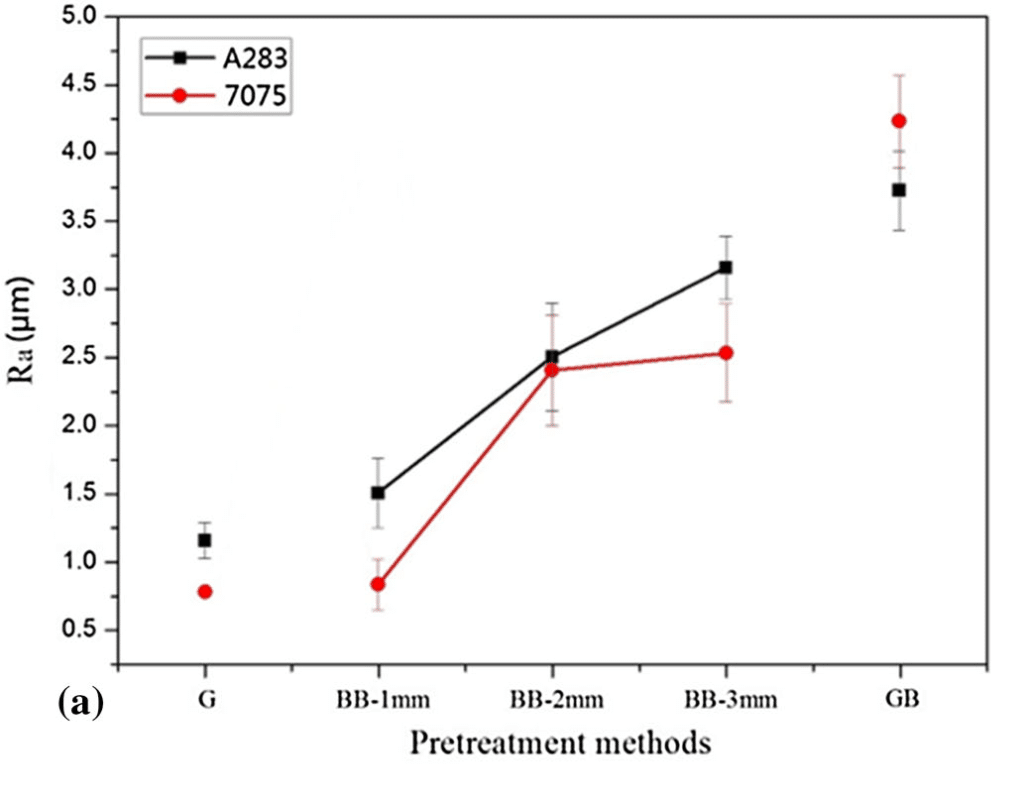


fig. 2



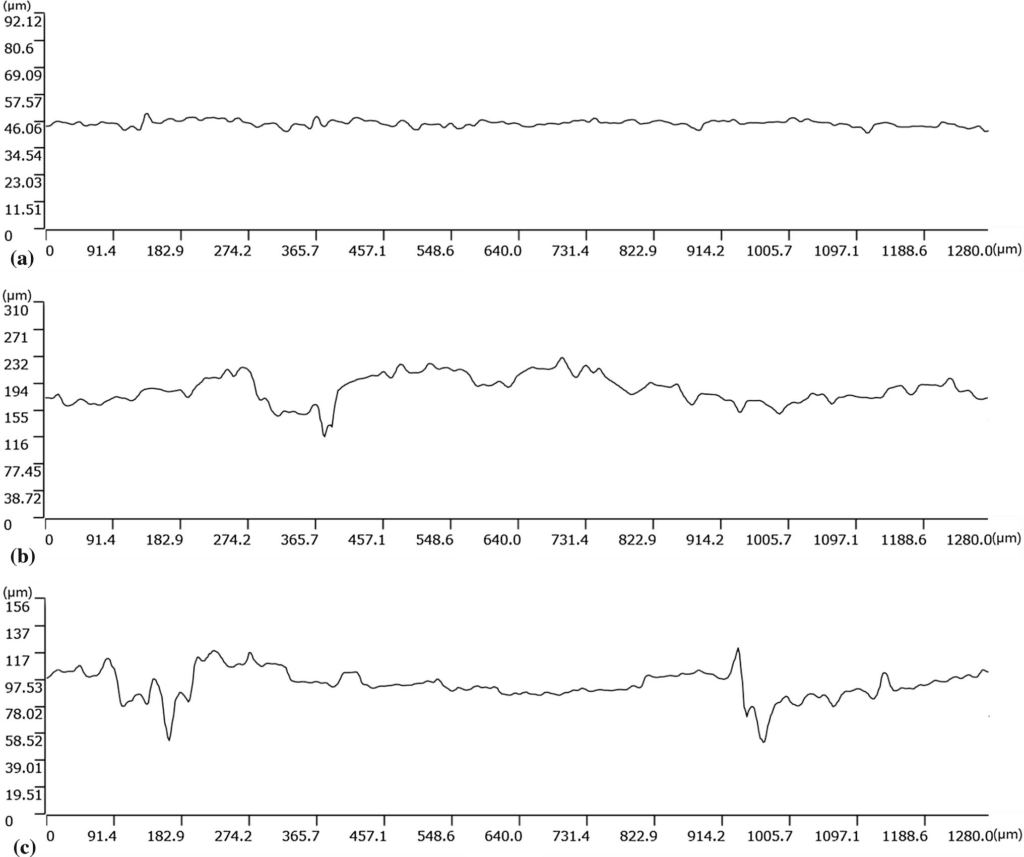
fig. 3



Unlike grit blasting, where collecting and recycling massive rebounded abrasive particles in open spaces is difficult, Bristle Blasting offers flexibility and processing efficiency comparable to standard grit blasting and mechanical roughening. Based on laboratory experience, the processing speed during Bristle Blasting can reach about 1 square meter of surface in 1 hour, significantly faster than laser texture processing.
In Bristle Blasting, surface abrasion occurs through the extensive excavation of the metal surface by the bristle tips, resulting in numerous localized shoveled craters..



fig. 4


This study investigated the feasibility of applying Bristle Blasting in relation to thermal sprayed coatings. The main preliminary results are as follows:


WE BELIEVE IN THE POWER OF INNOVATION
By preparing optimal surfaces, we make coatings work better. Montipower® has been innovating original surface preparation machinery, quality made in Germany, since 1987.
 Portugiesisch, Portugal
Portugiesisch, Portugal Niederländisch
Niederländisch Spanisch
Spanisch Französisch
Französisch Deutsch
Deutsch Englisch
Englisch